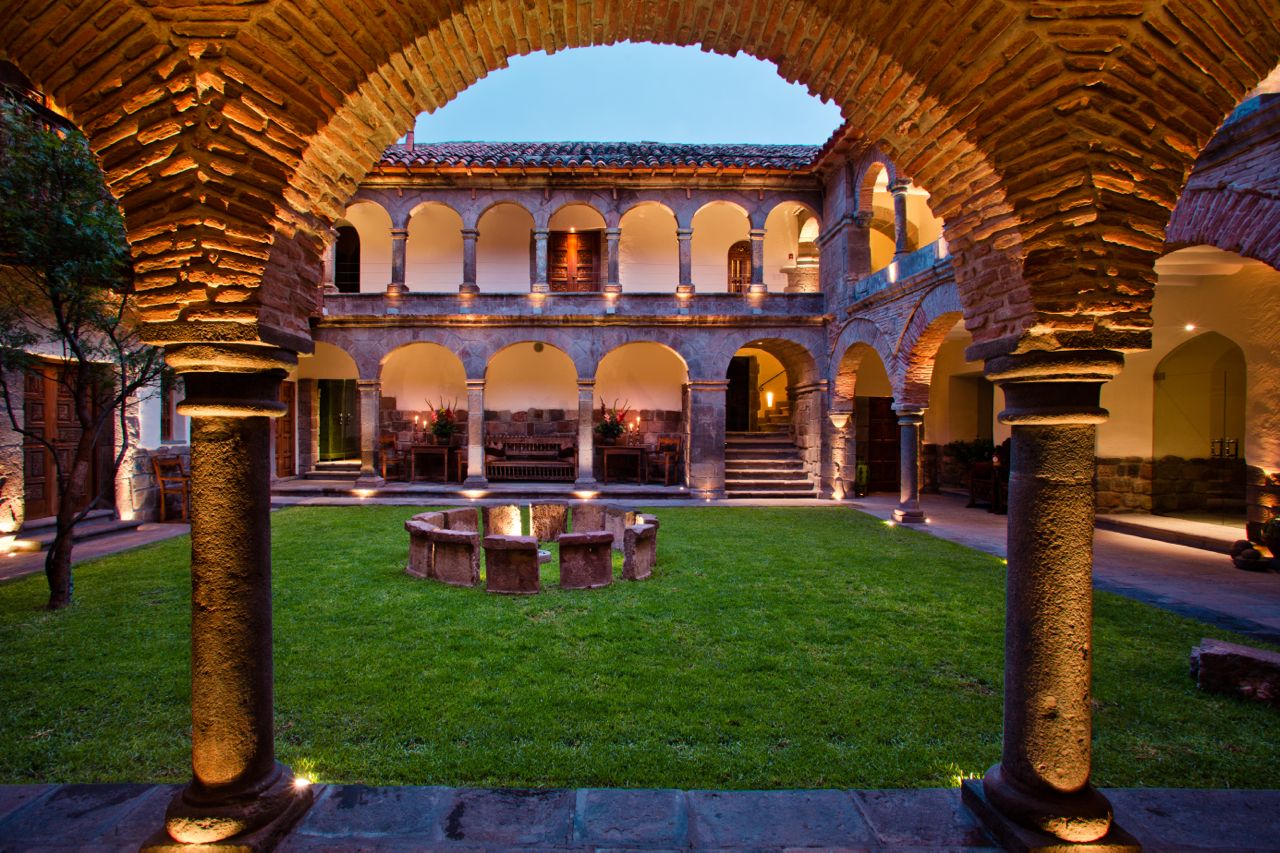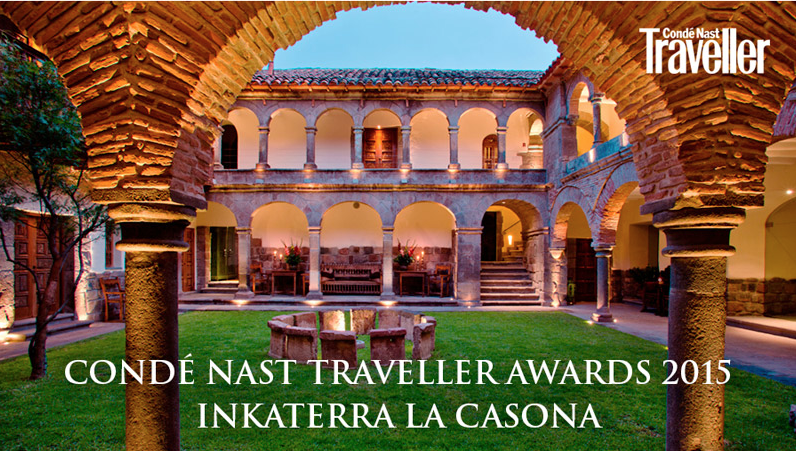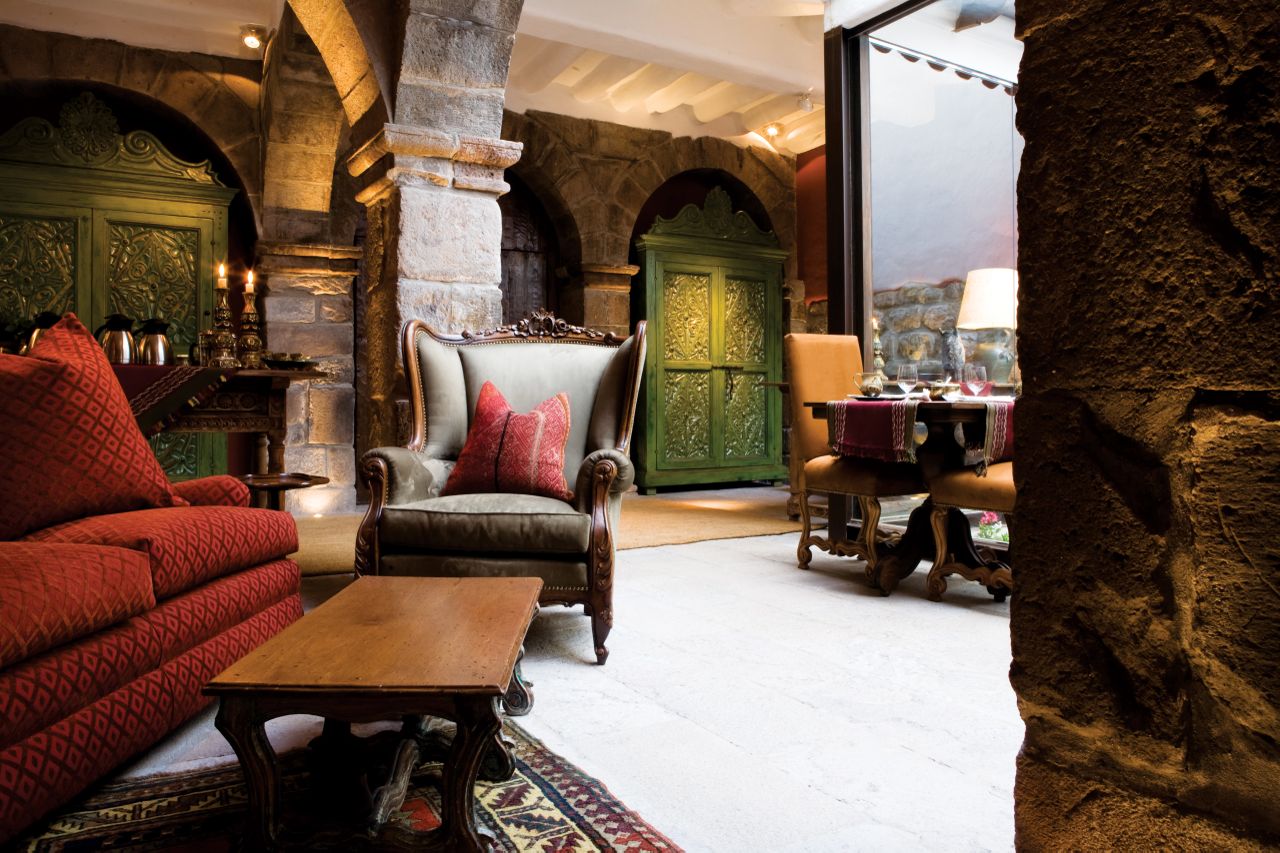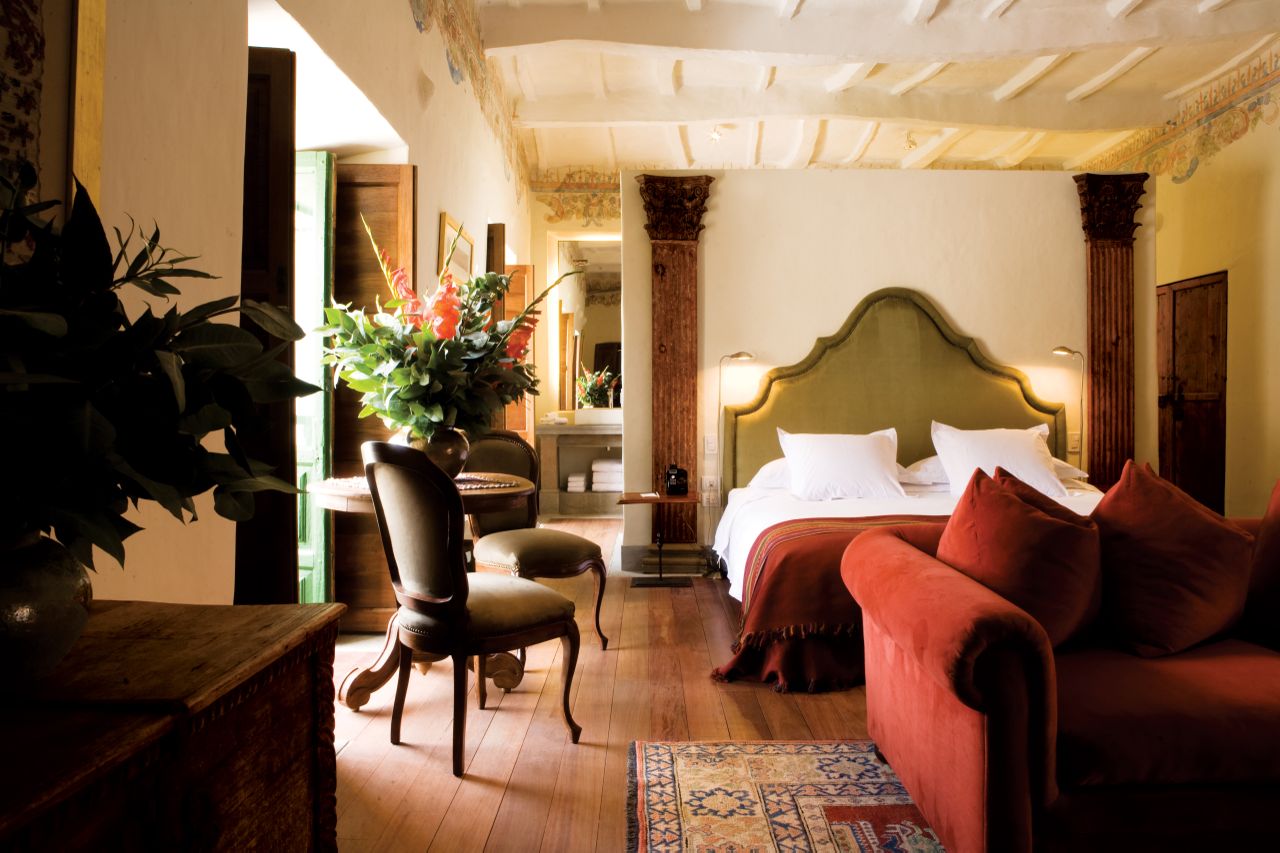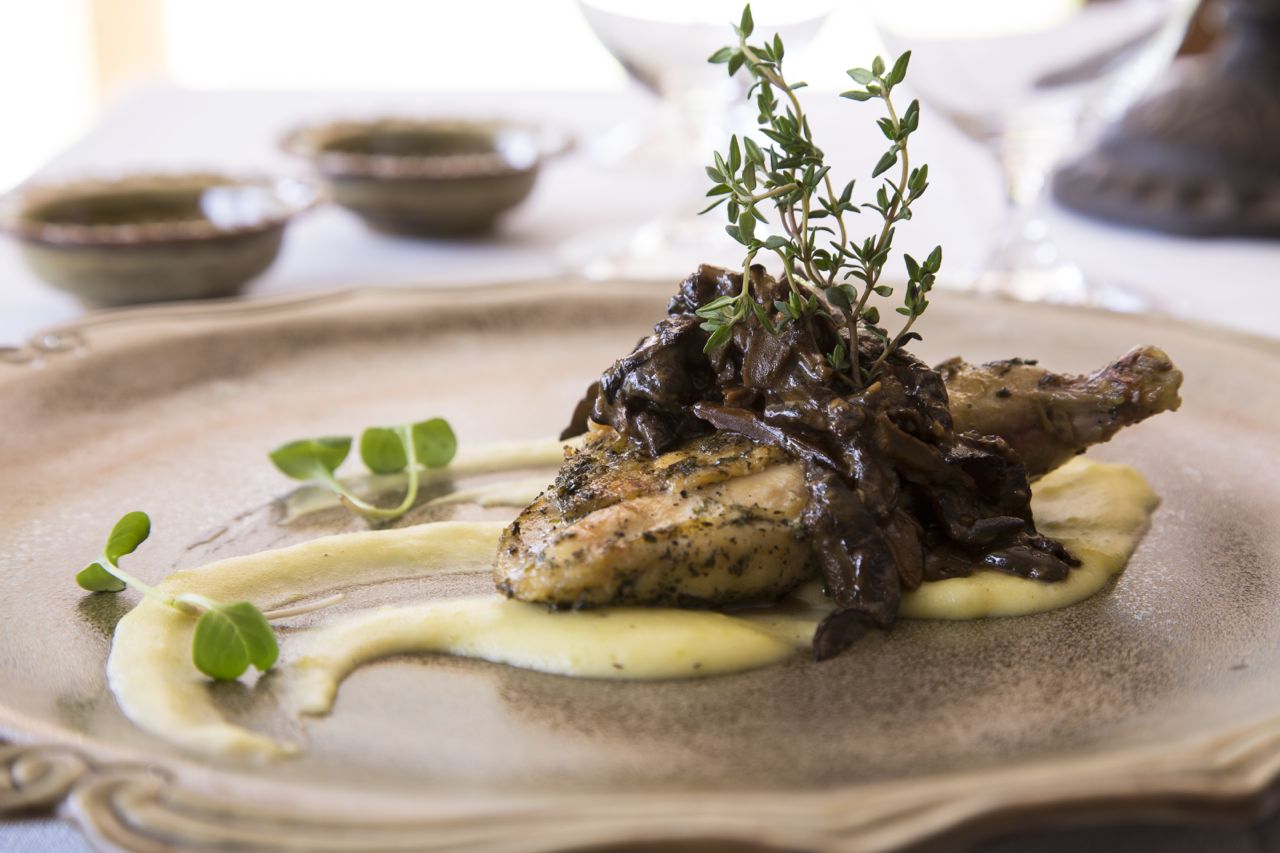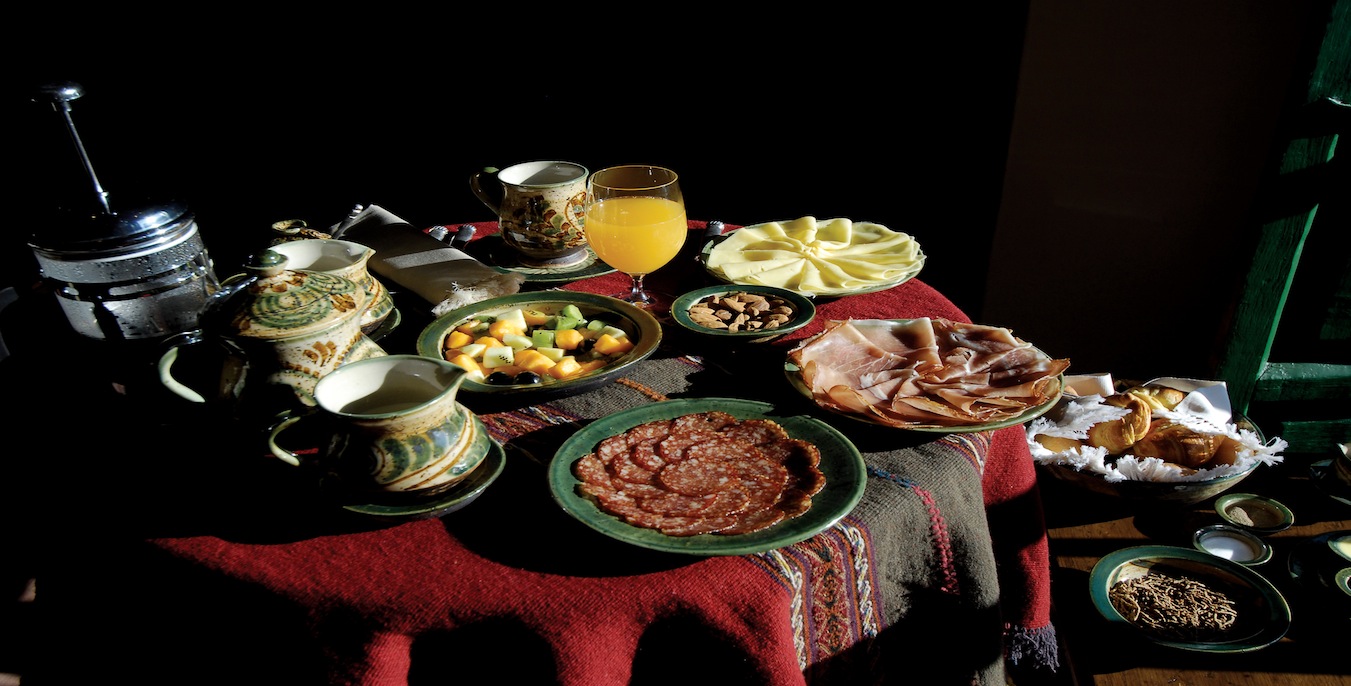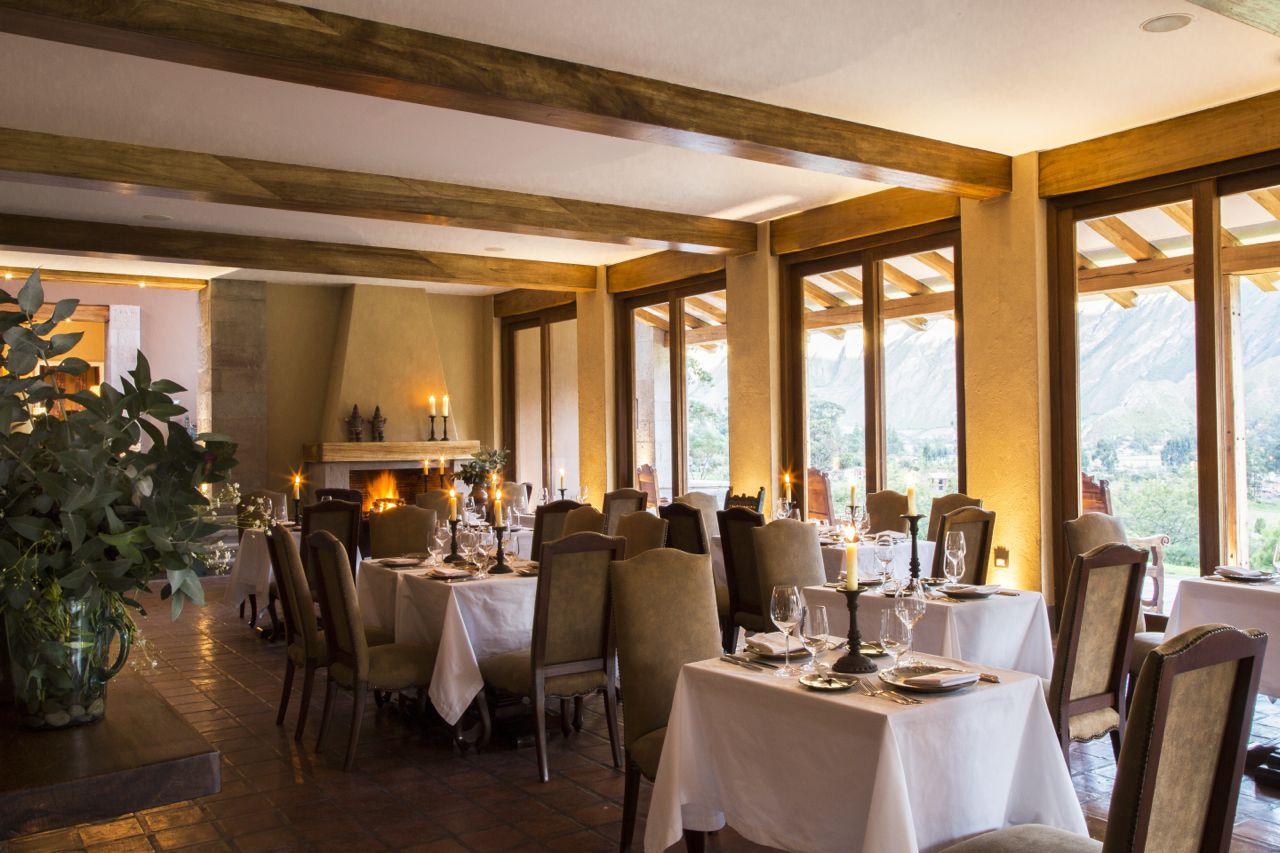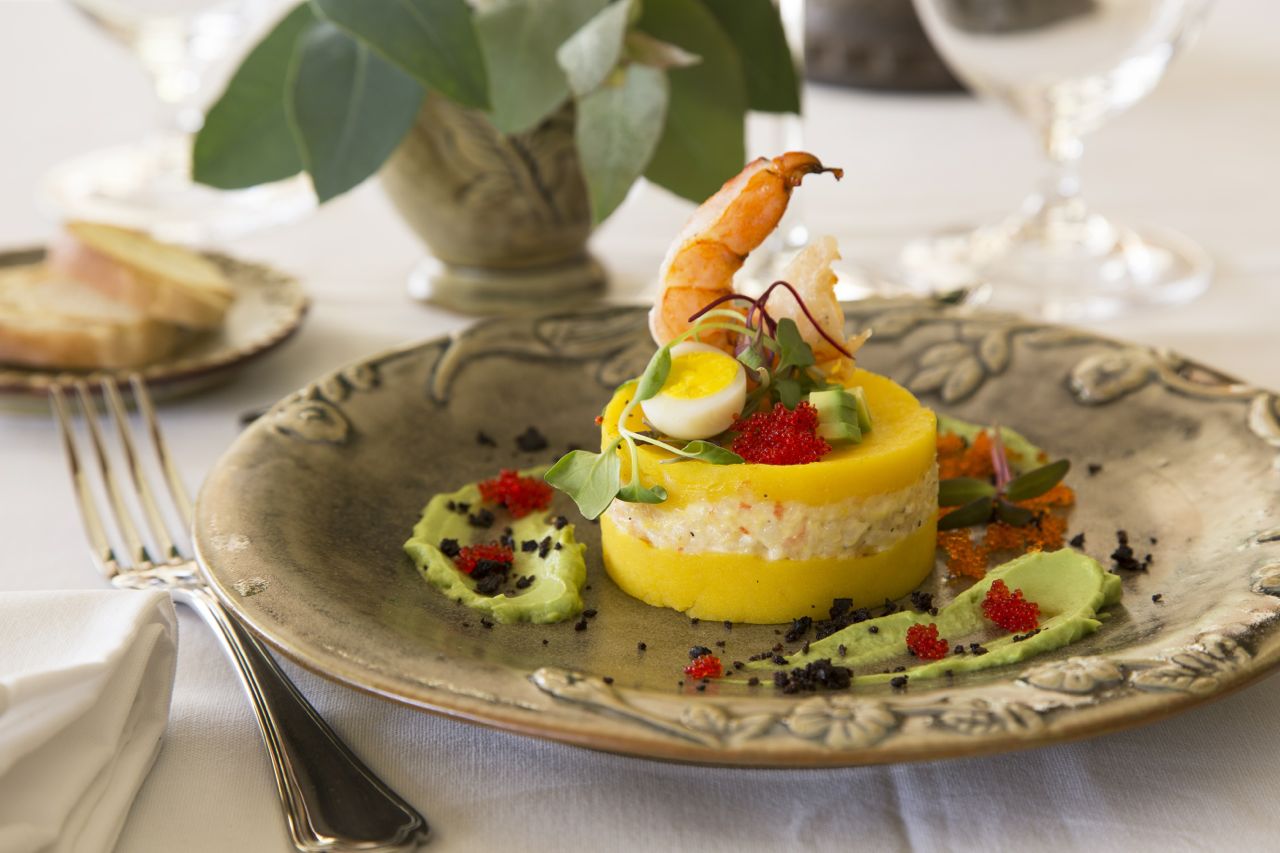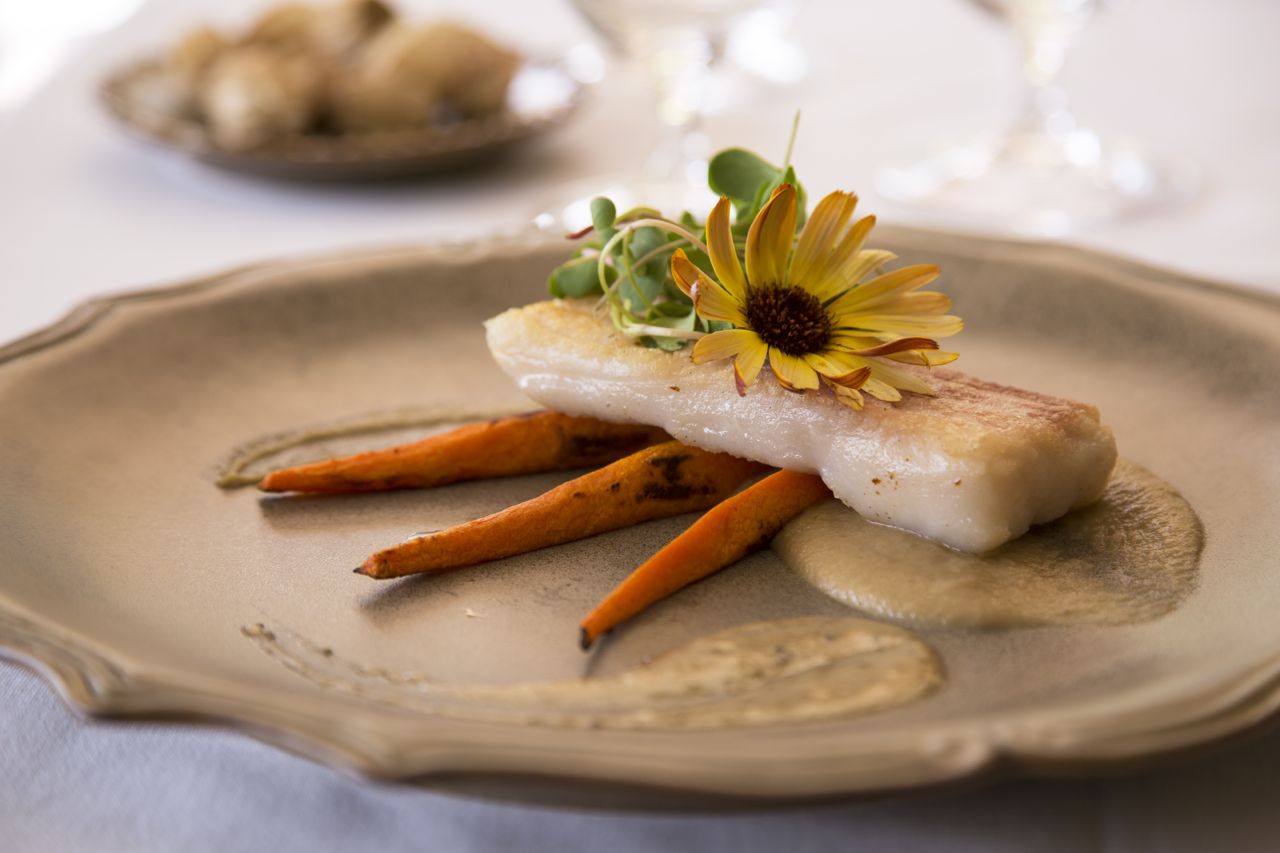This month, we are delighted to announce that Inkaterra Founder and CEO, José Koechlin, has been named an “Influential World Leader” as part of the AACSB awards.

José’s 40 years of pioneering work in conservation and sustainability has earned him this prestigious accolade, which is supported by the range of achievements and awards he, and the Inkaterra team, has received since opening in 1975.
Mr Koechlin’s passion, sheer determination and hard work are all examples of why Inkaterra has grown over the past 4 decades and each are contributing factors to why he has been named an Influential Leader. AACSB has acknowledged José’s efforts in encouraging government bodies, universities and researchers, to name but a few, to create economic models based on value enhancement of natural resources, as well as his contribution to the conservation of biodiversity, education and economic growth.
José is not alone in his accomplishment and is accompanied by fellow Peruvian Universidad del Pacifico alumni and La Viga President, Diego del la Torre, who joins him in the list of 100 Influential Leaders from AACSB.
Not only has José been acknowledged and honoured, but AACSB has graciously described him as “an entrepreneur, an innovator with a conviction that tourism-approached sustainability can contribute to social, economic, and environmental development”.
We are extremely grateful to AACSB for the honour and recognition and also for describing Inkaterra as “one of the world’s largest global relief services and a technology pioneer”.


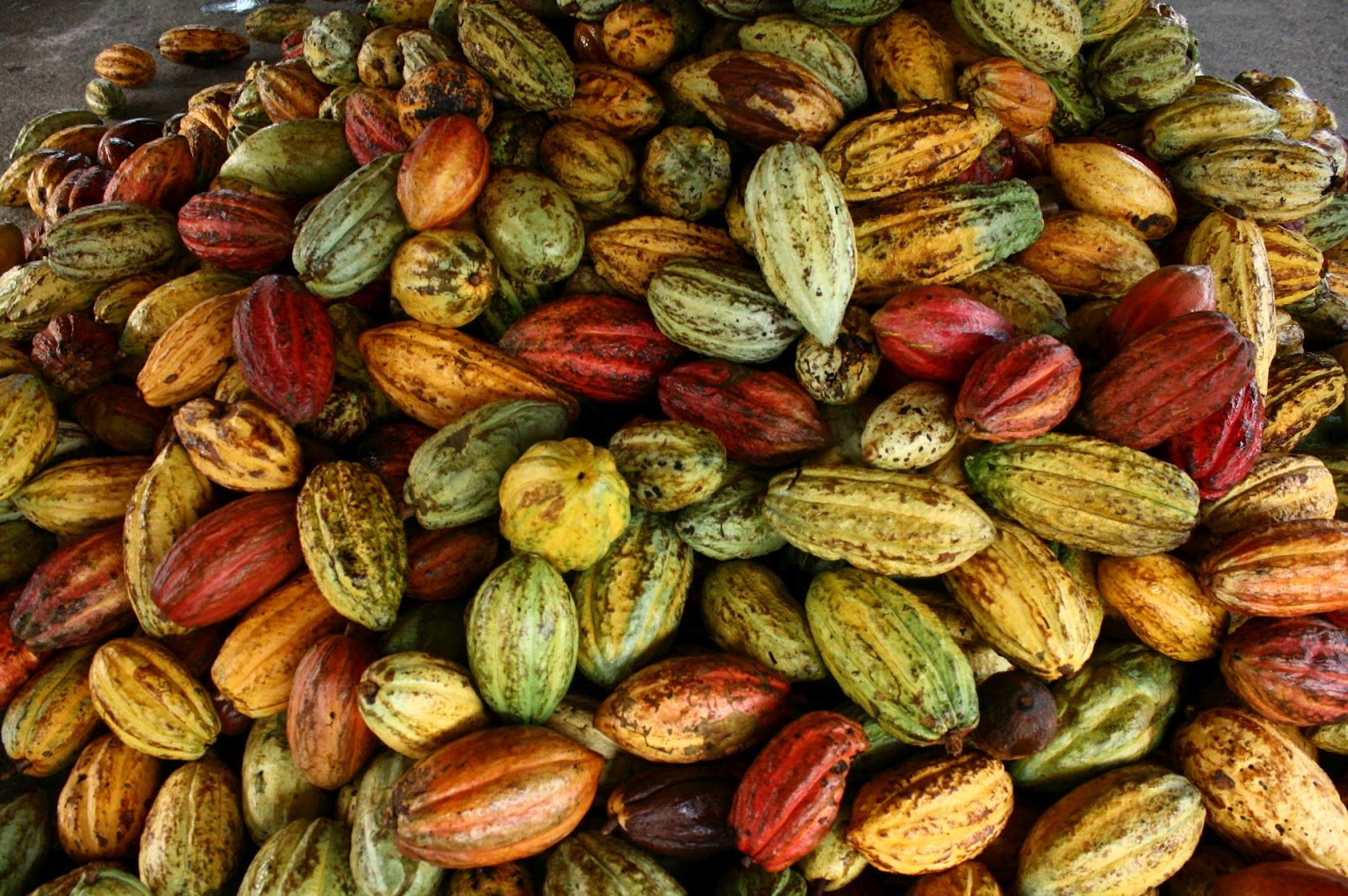
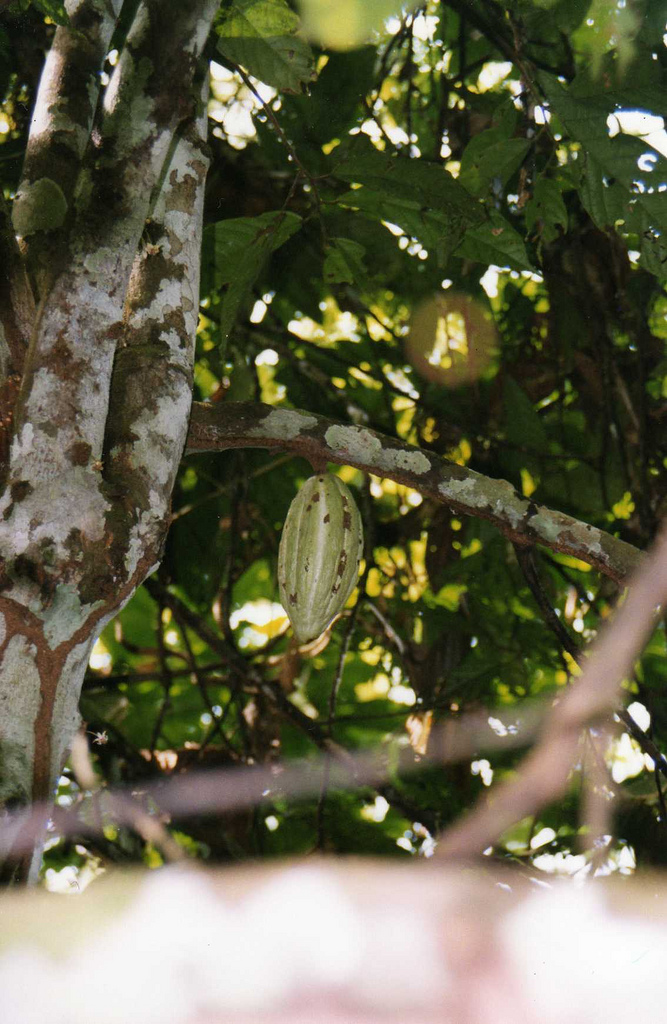
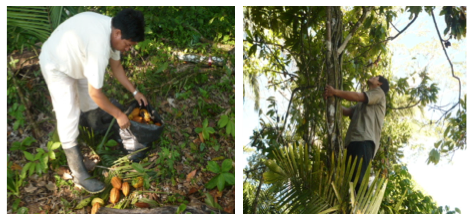 After being pulped, a stage called fermentation and drainage takes place. Cleaned with fresh running water, the seeds are placed in a white bag and hung on a hook, left to ferment for two to three days, enhancing the flavour of the final cocoa product. Once fermented, the seeds are placed on aluminium plates to dry in the sun.
After being pulped, a stage called fermentation and drainage takes place. Cleaned with fresh running water, the seeds are placed in a white bag and hung on a hook, left to ferment for two to three days, enhancing the flavour of the final cocoa product. Once fermented, the seeds are placed on aluminium plates to dry in the sun.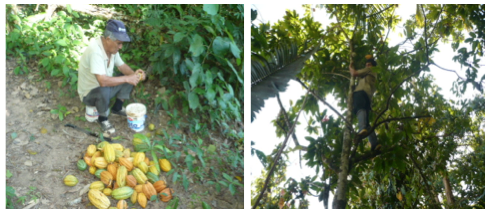 The seeds are toasted in a large pan over a low heat for ten to fifteen minutes, then placed in an aluminium bowl for quick cooling. Experts can tell when the seeds are ready, as they start to peel under the pressure of a spoon.
The seeds are toasted in a large pan over a low heat for ten to fifteen minutes, then placed in an aluminium bowl for quick cooling. Experts can tell when the seeds are ready, as they start to peel under the pressure of a spoon.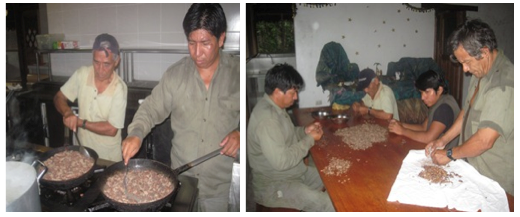 After being cooled and peeled, the seeds are ground in different ways, depending on the type of cocoa desired. For bitter chocolate, the seeds are ground twice in a grinder, releasing their natural oils and aromatic enzymes which give the cocoa its organoleptic properties. For sweet chocolate, the seeds are mixed with powdered milk and sugar, before being beaten to create an even cream. Ground under heavy pressure, a sweet flavour and deliciously chocolately aroma is produced.
After being cooled and peeled, the seeds are ground in different ways, depending on the type of cocoa desired. For bitter chocolate, the seeds are ground twice in a grinder, releasing their natural oils and aromatic enzymes which give the cocoa its organoleptic properties. For sweet chocolate, the seeds are mixed with powdered milk and sugar, before being beaten to create an even cream. Ground under heavy pressure, a sweet flavour and deliciously chocolately aroma is produced.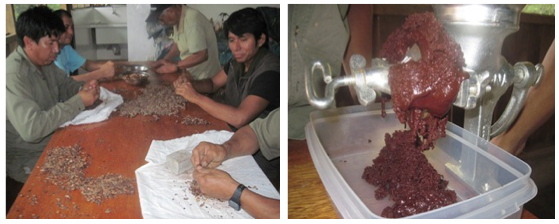 Happy Chocolate Week from Inkaterra!
Happy Chocolate Week from Inkaterra!